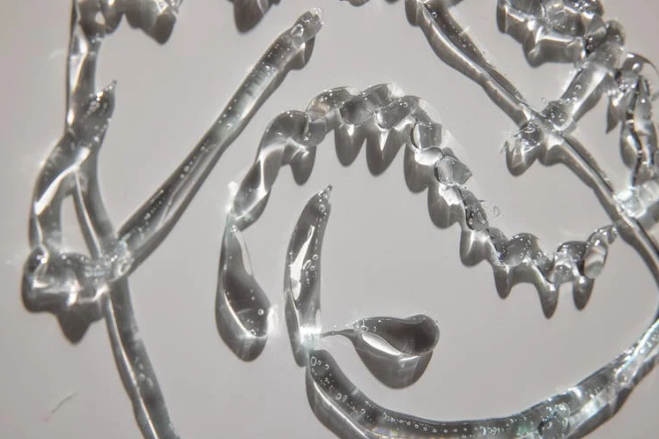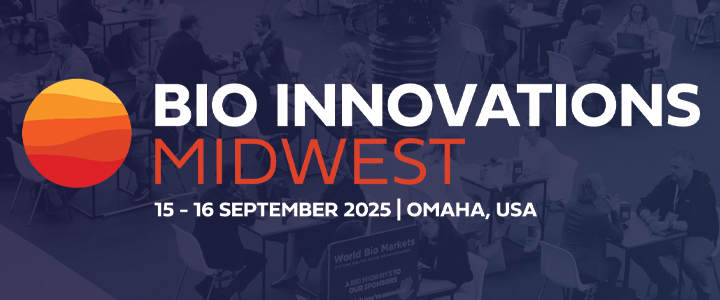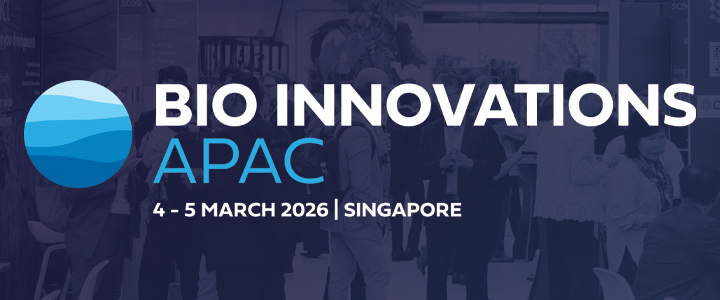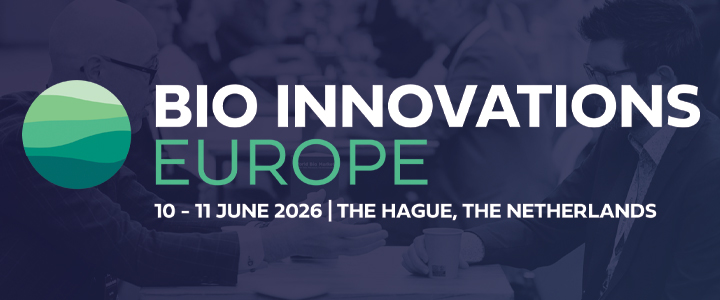3-D printed organs are on the horizon but getting the ink right is critical for viable products.
It was in the late eighties that scientists first envisaged a merger between 3D printing and tissue engineering. At their intersection lay the possibility of machine-manufactured organs and tissue. Bioprinting technology remained a distant prospect until the 2010s, when researchers began refitting 3D printing equipment to dispense biomaterials instead of ordinary polymer inks.
Rapid recent advances in bioprinting mean that perfect replicas of bone, kidneys, and flesh could become integrated into healthcare services within two decades. In what would mark a major medical milestone, custom implants would make lengthy donor waitlists a thing of the past. Ibrahim Ozbolat, a biological engineer at Pennsylvania State University, predicts more direct uses for bioprinters as novel surgical instruments. “In the future, we can have the patient under the bioprinter. Whatever section of the body needs to be fixed, the bioprinter can repair that.”
The premise of bioprinting is arrestingly simple. As in conventional 3D printing, bioprinting starts with detailed digital models of the end product. Anatomically accurate representations of organs or tissue mass are digitally ‘sliced’ into their constituent parts. These 2-D blueprints are then relayed to the bio-printing equipment. Layer by painstaking layer, the nozzle dispenses a cellular substance to materialise the object from the bottom up. Sometimes, bioprinters do not generate whole organs from scratch. Instead, they are used to building foundational cell-supporting structures known as bioscaffolds – often the first critical step in building complex organs like hearts or lungs. Live cells are seeded onto this platform, eventually growing around it to form the organ.
Trade-offs in bioink formulation
Just as ordinary printers deposit ink, bioprinters deposit cellular mixtures; a lab-engineered ooze known as bioink. While bioinks can take various chemical forms, all comprise live cells suspended in a carrier medium. Today, the greatest constraint on bioprinting rollout remains the absence of suitable ink formulations. Scientists and spinoff startups have long been on the hunt for viable solutions, but this is proving a difficult task.
The effectiveness of bioink depends largely on the base materials used in the solution. These cell-carrying solvents make up the bulk of the ink and determine the substance’s overall mechanical properties. The carrier medium must meet two basic requirements: it should flow readily through the printer nozzle but rapidly solidify once dispensed. Researchers have often struggled to reconcile these conflicting demands.
As well as offering specific flow and setting qualities, the carrier medium must keep cells alive until the bioprinted substance is transferred into the patient. Only healthy cells can assimilate to the dynamic internal environment of living bodies to serve therapeutic goals. Apart from keeping the cells in optimum condition, the bioink must also be made of materials that the human immune system is likely to accept. In practice, this means using biological materials made of the same fundamental molecules as human bodies are. To date, the most successful bioink formulations suspend the cells in hydrogel solutions made from seaweed-based alginate or gelatin.
A perfectly fine-tuned cellular slurry is particularly important for imitating the complex nanoscale biological structures we see in nature. The most difficult structures to mimic are the vessels that supply blood and oxygen to tissue. Finding a bioink that can replicate these tiny networks presents a major hurdle in bioink development. Although partly a problem of engineering high-res printing equipment, the task also requires bioinks that are fit for purpose.
In 2021, Lund University researchers met this challenge by designing a new bioink for printing human airways, an area rich in tiny tubular vessels. Their prototype was shown to support new blood vessel growth once inserted into the body. Developments like these are essential for printing organs like lungs. The organ is made up of small air sacs or alveoli that allow for gas exchange. The geometry of these structures are supremely adapted for this function. Although packed into a space the size of a football, alveoli would cover an area of 100 square metres if fully unravelled. This indicates the immense challenge of reconstructing finely architected structures like lungs.
Researchers working on bioinks for blood vessels must pay particular attention to the trade-off between cell density versus flow. In general, bioink mixtures with a low cell density makes for a runnier fluid that runs readily through the nozzle. However, fewer cells also reduce the viability and therapeutic effectiveness of the resulting product. Fewer cells heighten the risk of die off during printing or storage, making it less likely that the bioink will interact with native cells once implanted into patient bodies. On the other hand, bioinks that contain a high cell density makes for a more viscous fluid that requires far more printer pressure to dispense. Again, this undermines the therapeutic properties of the bioink as applying physical pressure deforms the cells contained inside.
Balancing between optimal cell density and flow properties is a problem that Akhilesh Gaharwar and Assistant Professor Abhishek Jain at Texas A&M University have been working on. In 2021, they published a novel nanoengineered bioink specifically designed for building multicellular blood vessels. Building these delicate structures necessitates resolving the tension between cell density and flow since the substance must be tough enough to protect cells and form into resilient structures, yet also move through the nozzle at a reasonable rate. Gahawar and Jain’s bioink achieves this with a carrier based on three ingredients: nanoclay, gelatin methacryloyl and polyethylene glycol. The resulting bioink is around 100 times stronger than existing models and can protect cells from high mechanical pressures. It also quickly regains its original form once squeezed through the printing nozzle.
The difficulties of optimising between so many physical variables often means that trial-and-error discovery is paramount in bioink advances. This was the case for researchers at India’s Next Big Innovation Lab. Cofounder Piysh Padmanabhan described how a small change in the cell culture medium produced a formula capable of recreating human skin. The bioink composition remains a commercial secret but the company plans to file for patents and commercialise in the near future.
Commercial bioinks
A steady stream of bioink innovations are emerging from the private sector. One company is Axolotl Biosciences, a University of Victoria spinoff founded in 2020. In the same year it was founded, this up-and-coming bioink specialist won Nature journal’s prestigious SpinOff prize as a scientific startup to watch. Their title rests on a product called TissuePrint, a fibrin-based bioink that can already print Human Induced Pluripotent Stem Cells (hiPSC’s), Neural Progenitor Cells (NPC’s), and Mesenchymal Stem Cells (MSC’s). Its technology is grounded upon an impressive list of published research contributions by in-house researchers.
At the other end of the commercial scale, one of the largest and most established bioink development companies is BICO (formerly CELLINK). In 2021, after patenting their printing hardware that adjusts temperature to optimise flow and cell viability, it obtained IP protection for a cellulose-based bioink. The ink is capable of producing skin, cartilage, bone, and cancer tissue models.
Over the last two years, BICO has been pursuing a particularly active commercialisation and expansion strategy. In 2021, they partnered with 3D printing technology supplier Altem Technologies to market Cellink’s bioink to the Indian bioprinting market. At the close of 2021, BICO also announced a manufacturing contract with regenerative joint replacement startup Nanochon. Nanochon will purchase products from BIO to the value of $1.5 million, applying them to develop its joint implants.
On top of meeting particular physical requirements, bioink formulations must be cost-effective to facilitate commercial scaling. One company embarking on scaled organ printing is Maryland-based Lung Biotechnology, established in 2006. Where most bioprinting companies have focused on producing tissue, Lung Biotechnology’s endeavours are significant for drawing together major industry players to advance scaled printing of a complex organ. In 2019, they partnered with bioink startup iBio to scale bioink production for 3D printed lungs using a platform called FastPharma, an automated plant-based protein system. The bioink for this project will be made from lab-engineered human collagen and will be supplied by the company CollPlan. The first step in this collaborative project will be to produce a printed lung bioscaffold, which will provide a supporting structure for further cell layers. Lung Biotechnology aims to eventually submit the scaffolds for clinical trials.
The 2020s promise to be a critical decade in bioink development. Already, commercial implants are starting to gain national medical approval. The Chinese National Medical Products Administration has given the go-ahead for a 3-D printed spine implant from Danish company Farsoon. Health Canada approved its first bioprinted product in the form for a lower jaw plate. These legal triumphs will spur further research and development in viable bioinks. The next wave of commercialisation and regulatory approval will centre around the more complex organs like hearts, kidneys, and lungs. The heightened research interest in nanoscale bioinks suggest that the first round of soft, vessel-rich organs will begin entering clinical trials within the decade.







